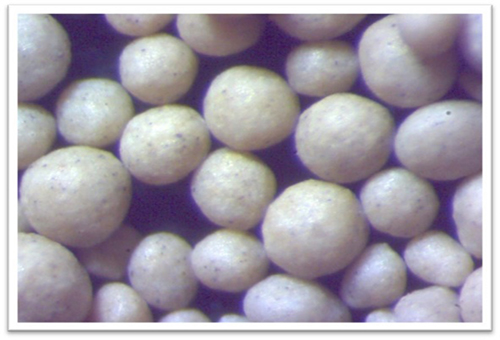Should You Sand 3D Prints? A Comprehensive Guide
In the realm of 3D printing, achieving a polished and refined look for your finished model is often desired, especially for those creating items for display or functional use. One common question that arises during post-processing is whether or not to sand the 3D prints. This article will delve into the various factors that influence the decision to sand your prints, the techniques to use, and some tips to ensure you achieve the desired finish without damaging your work.
Understanding the Need for Sanding
Before diving into the practicalities of sanding, it is crucial to understand why one might opt to sand a 3D print in the first place. The primary reasons include
1. Surface Finish 3D prints typically exhibit layer lines or rough textures due to the additive nature of the printing process. Sanding can smooth out these imperfections, resulting in a more aesthetically pleasing appearance.
2. Fit and Assembly For models composed of multiple parts, sanding can help ensure that pieces fit together seamlessly, especially if they need to be glued or assembled.
3. Preparation for Painting If you plan to paint your print, sanding can create a better surface for paint adhesion and result in a uniform finish.
4. Removing Support Structures Often, 3D prints require support structures that can leave marks or rough spots when removed. Sanding can help hide these blemishes.
When to Sand
While sanding can significantly enhance the quality of a print, it is not always necessary. Here are some considerations to help determine when to sand a print
- Material Type Different materials respond differently to sanding. For instance, PLA can be sanded easily, while ABS or PETG may require different techniques or additional precautions due to their properties.
- Printing Method FDM (Fused Deposition Modeling) prints are typically the most common candidates for sanding. In contrast, SLA (Stereolithography) prints usually have a smoother surface, potentially reducing the need for sanding.
- Desired Finish If you are looking for a high-quality finish or intend to use the print for a particular purpose (such as a display model), then sanding is likely a good choice
.should you sand 3d prints

Sanding Techniques
If you've decided that sanding is the right approach for your project, here are some techniques to achieve the best results
1. Choose the Right Grit Start with a coarser grit sandpaper (around 80-120 grit) to eliminate larger imperfections, then gradually move to finer grits (up to 220 or higher) for a smoother finish.
2. Wet Sanding For certain materials, wet sanding can reduce dust and minimize the risk of scratching. Use water or lubricant while sanding to achieve a smoother surface. This technique is especially effective for plastics.
3. Use a Sanding Sponge Sanding sponges can conform to the shape of your print, allowing you to reach contours and curves that flat sandpaper might struggle with.
4. Final Touches After sanding, consider using a filler primer to fill in any remaining small imperfections. This can be especially helpful if you plan to paint the print afterward.
Precautions
While sanding can greatly improve the appearance and functionality of a 3D print, it is essential to take precautions
- Wear a Mask Fine particles can be created while sanding, and inhaling them is not safe. Always wear a mask or respirator during the sanding process.
- Work in a Well-Ventilated Area Ensure that you are in a space with good airflow to avoid inhaling fumes or dust.
- Take Your Time Rushing the sanding process can lead to uneven surfaces or damage to your print. Take your time to achieve the desired finish.
Conclusion
Deciding whether to sand your 3D prints ultimately depends on the specific project and the level of finish you want to achieve. With the right approach and techniques, sanding can transform your prints from merely functional objects to beautifully crafted pieces. Consider the material, the desired outcome, and the techniques discussed in this guide, and you'll be on your way to elevating your 3D printing projects to the next level. Happy printing!
Post time:ታኅሣ . 17, 2024 01:08
Next:3d printed sand casting
